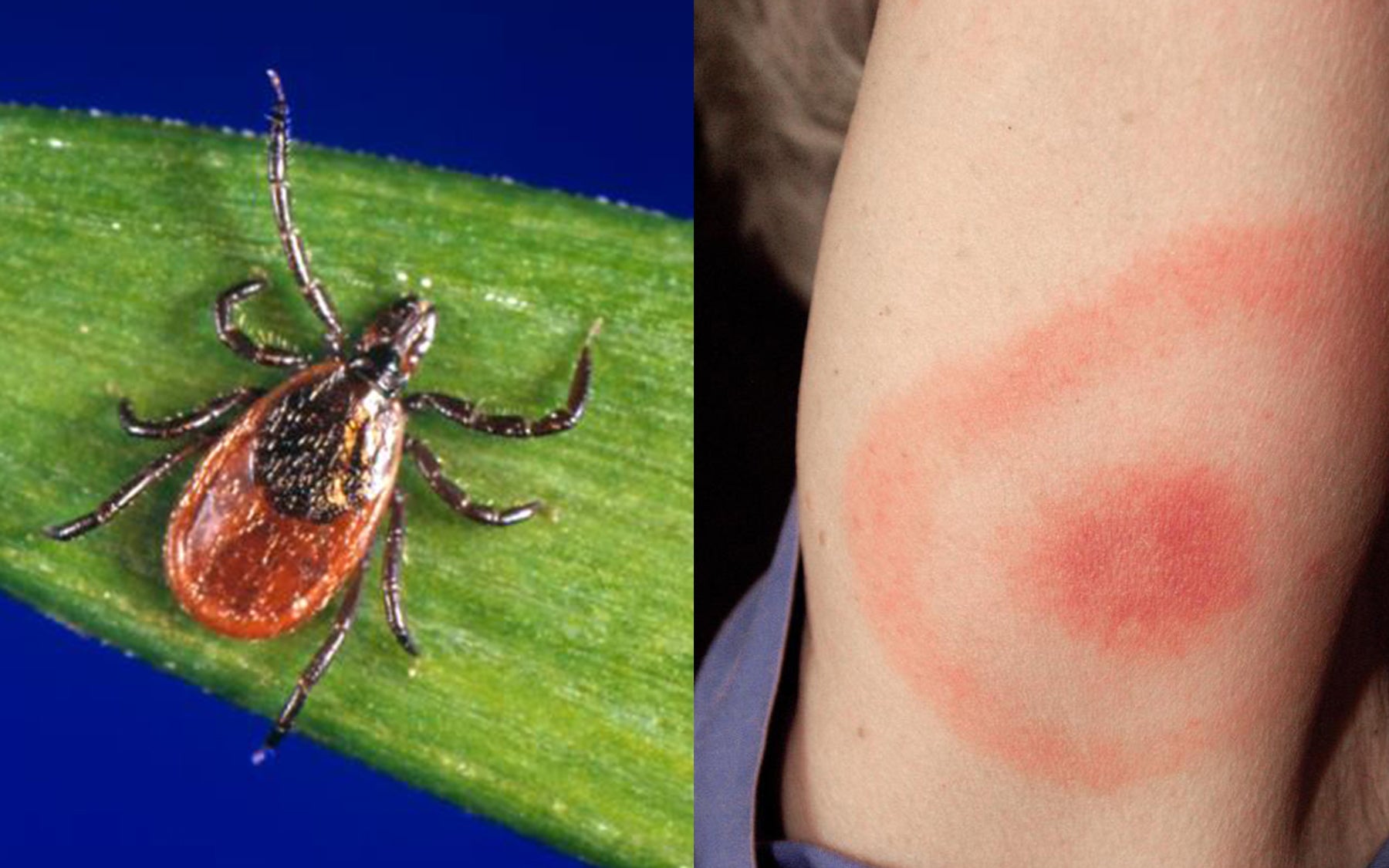Banbury Center meeting yields multi-disciplinary expert findings
Cold Spring Harbor, NY — Experts in laboratory diagnostics convened by the Cold Spring Harbor Laboratory’s Banbury Center today published findings in Clinical Infectious Disease (CID) to improve early diagnosis of Lyme disease. The 2016 Banbury Center meeting chaired by Steven E. Schutzer, M.D. of Rutgers University-New Jersey Medical School and John A. Branda M.D. of Harvard University included participants from academia, public health, and medical industry.
The Centers for Disease Control estimates 300,000 cases of Lyme disease are diagnosed each year. The current standard protocol for laboratory diagnosis of Lyme disease is based on the demonstration of antibodies against Borrelia burgdorferi, the bacteria that causes the disease. The test is a 2-tiered protocol of a sensitive first test, usually an enzyme immunoassay (EIA) that if positive is followed by a second assay, a Western immunoblot to increase specificity. This protocol was established in 1994 and over the years important shortcomings have been identified. The current protocol is insensitive in early weeks of the infection and the interpretation of the result of the second tier of the test, the Western blot, has proven to be confusing to many doctors.
In recent years, studies to map the specific sites where antibodies bind to key Borrelia burgdorferi proteins and whole genome sequencing of the bacteria have provided scientific information leading to a new generation of Lyme disease diagnostics. Reviewing these studies, the Banbury Center meeting experts agree that for routine cases of suspected Lyme disease, only a “positive” or “negative” result is needed, and this can now be provided by a single multiplex assay or combination of assays, without the use of the Western blot technology.
“We know we can do better and it is time to focus attention on getting the latest technologies to doctors so they can more effectively diagnose and treat patients,” said Dr. Schutzer the senior author of the paper. By examining current technologies and the latest published scientific data, the Banbury Center meeting participants conclude that scientific advances can improve on the current protocol with next-generation tests that use recombinant proteins or specific synthetic peptides, and alternative testing protocols.
“The CID publication is the result of critical assessment by a diverse group of experts that exemplifies the mission of the Cold Spring Harbor Laboratory Banbury Center to support impactful scientific discourse at the highest level,” explained Banbury Center Director Rebecca Leshan, Ph.D. Since the first Banbury Center meeting on Lyme disease in 1991, more than 300 experts have discussed topics ranging from the immunobiology of the disease and co-infections, to diagnosis and prevention. Lyme disease has been an important theme for the Cold Spring Harbor Laboratory’s Banbury Center because of growing public health concerns and the critical need for collaboration between scientists, clinicians, industry, government, and the public in order to make progress in understanding and fighting the disease.
The Banbury Center meeting experts reviewed direct detection methods, designed to detect the bacteria causing the infection itself and indirect detection methods, which detect a patient’s immunologic response to infection. The report published in CID is limited to indirect detection, serologic tests, as they are the standard for diagnostic testing, and improvements to existing recommendations are more adoptable for immediate use.
1991 – Molecular Immunobiology of Lyme Disease
Sponsored by:
Allen & Hanburys
Home Infusion Pharmaceutical Services
MetPath, Ing.
National Multiple Sclerosis Society
Corporate Sponsor Program
Abel Health Care Corporation
1993 – Molecular and Immunologic Aspects of Lyme Disease
Sponsored by:
Allen & Hansburys
Pfizer Labs
Abbott Laboratories
Connaught Laboratories, Inc.
MedImmune Inc.
1995 – Lyme Disease: Molecular and Immunologic Aspects of Detection and Vaccine Development
Sponsored by:
Centers for Disease Control and Prevention
Connaught Laboratories, Inc.
Food and Drug Administration
Fort Dodge Laboratories
MedImmune, Inc.
National Institute of Allergy and Infectious Diseases
SmithKline Beecham Clinical Laboratories
1997 – Molecular Immunobiology of Lyme Disease
Sponsored by:
Centers for Disease Control and Prevention
Food and Drug Administration
Fort Dodge Animal Health
GlaxoWellcome, Inc.
MedImmune, Inc.
Pasteur Merieux Connaught
SmithKline Beecham Pharmaceuticals
1998 – Laboratory Methods for the Diagnosis of Lyme Disease
Sponsored by:
National Institute of Allergy and Infectious Diseases
Centers for Disease Control and Prevention
EPA Office of Research and Development
2006 – Chronic Lyme Disease Syndromes: New Avenues for Investigation
Sponsored by:
Aetos Technologies, Inc.
Centers for Disease Control and Prevention
National Institute of Allergy and Infectious Diseases
National Institute of Arthritis and Musculoskeletal and Skin Diseases
National Institute of Neurological Diseases and Stroke
Food and Drug Administration
2007 – The Laboratory Diagnosis of Lyme Disease
Sponsored by:
Centers for Disease Control and Prevention
National Institute of Allergy and Infectious Diseases
2009 – Co-Infections in Lyme Disease
Sponsored by:
Time for Lyme, Inc.
2011 – Lyme Disease in the Proteomics-Genomics Era
Sponsored by:
Time for Lyme, Inc.
2016 – Diagnostic Tests for Lyme Disease: A Reassessment and Pathways Forward
Sponsored by:
Global Lyme Alliance
Written by: Steven E. Schutzer & Rebecca Leshan | banbury@cshl.edu | (516) 367-8398
Citation
“Advances in serodiagnostic testing for Lyme disease are at hand” appears December 7, 2017 in Clinical Infectious Diseases. DOI: 10.1093/cid/cix943
